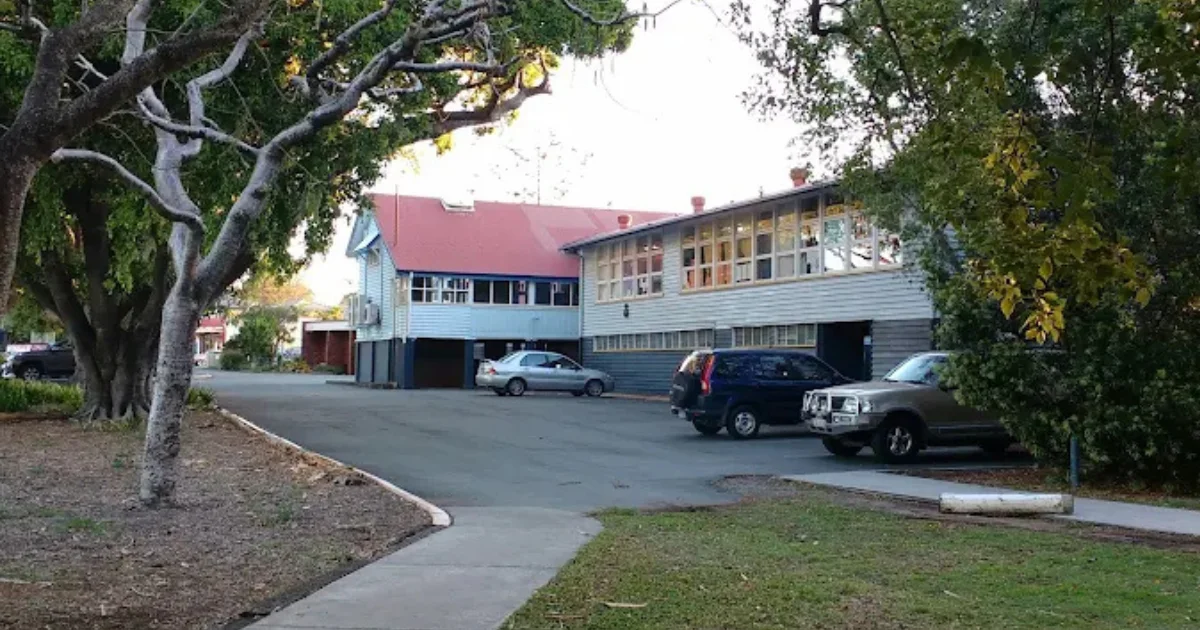On 2 February 1920, Virginia State School opened its doors to the children of a growing northern Brisbane suburb. The very first pupil, 11-year-old William Edward Ernest Smith, symbolised the beginning of an institution that would become a cornerstone of community life for generations.
Read: New Look, New Era: Brisbane Airport Celebrates Centenary with Brand Refresh
With 266 students enrolled at the time of its official opening ceremony, the school was already a sign of the area’s rapid transformation from farmland to suburb.
Virginia itself had only begun to change in the late 19th century, following the arrival of the North Coast railway line in 1888. What had been rural paddocks soon attracted families seeking homes within reach of Brisbane City. By the early 1920s, the demand for education was so strong that the school expanded almost as soon as it was established.
The Sectional School Design
One of the most distinctive features of Virginia State School is its architecture. The Queensland Department of Public Works designed the school’s timber sectional buildings to suit the subtropical climate and the shifting needs of a growing population. Constructed in stages between 1920 and 1933, Blocks B, C, and D made up a three-wing formation that maximised natural ventilation and lighting. Verandahs, south-facing windows, and modular layouts were all hallmarks of this interwar-era design philosophy.
Block D, the western wing, was completed in 1933 at a cost of £1781 10s 8d, a significant investment at the time. The sectional design also meant the school could be enlarged as enrolments grew, which proved vital when numbers surged from 135 students at the start to more than 380 by 1923.
Community, Grounds, and Growth
The school’s grounds were shaped not just by government planning but also by strong community involvement. Local families took part in Arbor Day celebrations during the 1920s, planting shade trees along Sandgate Road that still stand today. In 1925, a tennis court was built in the southwestern corner of the site, reinforcing the school’s role as a social and recreational hub. By the 1950s, forestry plots of pine and cypress were introduced, part of a statewide educational initiative combining environmental awareness with practical training.
Post-war growth brought further changes. The population boom of the 1950s led to new classroom blocks, extensions, and the construction of a swimming pool and second tennis court by the mid-1960s. The school grounds also expanded, growing from an initial three hectares to nearly five by the late 1950s.
A Living Heritage
Virginia State School has been more than just a place of learning. It has hosted social gatherings, sporting events, and commemorations that have bound the community together. In 2015, its distinctive interwar architecture and long-standing role in local life were recognised when it was entered into the Queensland Heritage Register.
A century after its founding, Virginia State School marked its centenary in 2020 with around 480 students enrolled—similar in size to the bustling numbers of the 1920s. While the suburb has grown and modernised, the school remains a visible link between past and present. The old timber wings, shaded by mature trees planted by earlier generations, continue to welcome children, just as they did more than 100 years ago.
Read: Healing Happens Here: The Nundah Practice Helping Locals Feel Understood
The story of Virginia State School is not only about classrooms and buildings, but about community resilience, foresight in design, and the deep connections between education and place. It stands today as one of Brisbane’s enduring reminders of how a school can shape, and be shaped by, the community around it.
Published 18-August-2025



















